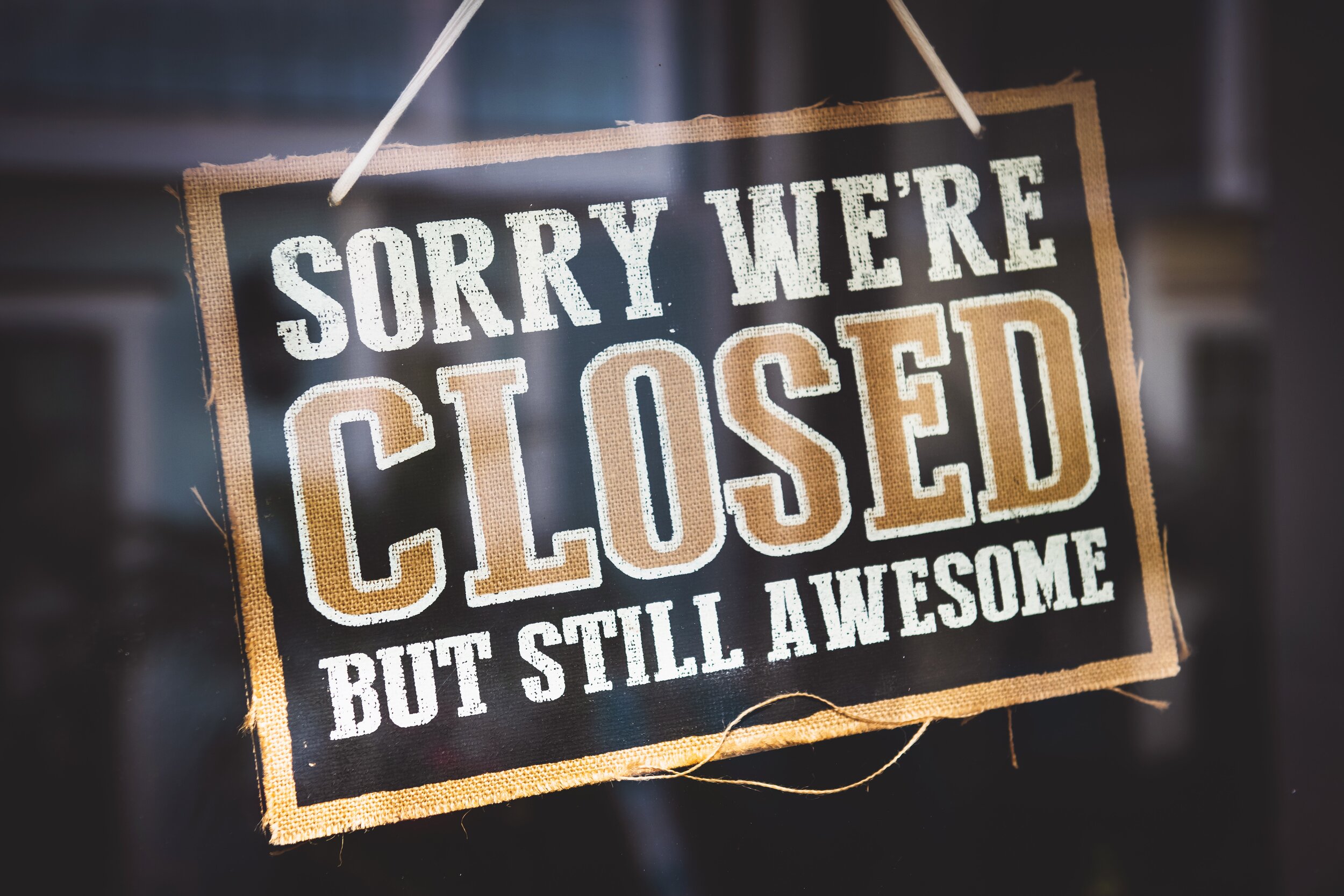Your brand voice matters.
A guest post by writing wizard, Jaime Lee Mann of Manley Mann
The voice of your business should always sound consistent. Be it playful or formal, informative or inquisitive, confident or awkward, when someone is engaging with your brand, they should be able to recognize that it’s your business they’re dealing with.
Your brand voice should never waver.
If you own a spa, and your voice is established as being calm and relaxed, your customers wouldn’t know what to think if they saw a post where you suddenly started using ALL CAPS, !!!s, and f-bombs.
Even if you haven’t formally defined your brand voice, I bet you already know what you want your business to sound like, so go ahead and document it. Then, share it with anyone who writes messaging for your company.
For our fictitious spa, brand voice guidelines might look something like this:
Always sound friendly and try to make the reader sound relaxed and at ease
Use words and phrases like “relax,” “sit back,” “treat yourself,” “hello gorgeous”
Never use language that could be considered offensive
Take care when promoting waxing services and facials, treating such services as a way for customers to take time out for themselves, not to look more beautiful or remove something unwanted/ugly (be positive!)
Emoji use is okay, to emphasize a point
After you’ve defined your brand voice, make some notes about how you want your voice to sound across different marketing channels. This is setting your brand tone.
Returning to our spa example, if you’ve determined that your blog, newsletter, Instagram, Snapchat, and Facebook Page are where you’re going to market your services, think about how your voice should sound in those different places. You’ll likely be more buttoned-up on your blog than you would be on Snapchat. And, if you’re using LinkedIn to attract employees, you would be more formal in your tone than you would be if you were updating Facebook with a promotion.
Just as you did with your brand voice notes, jot down a sentence or two about how you want your tone to sound when you’re engaging with your audience in those different arenas and share those notes with your social media manager, your designer, and your copywriter—anyone who is helping you with your messaging.
If you need help working through your brand voice document, I am an email away.
When you take the time to flesh out your brand’s voice, not only will your team members know what it sounds like, but customers will be able to understand your message clearly, and follow your call to action without wasting brain power wondering why you sound different.
Jaime Lee Mann
Check her out online











